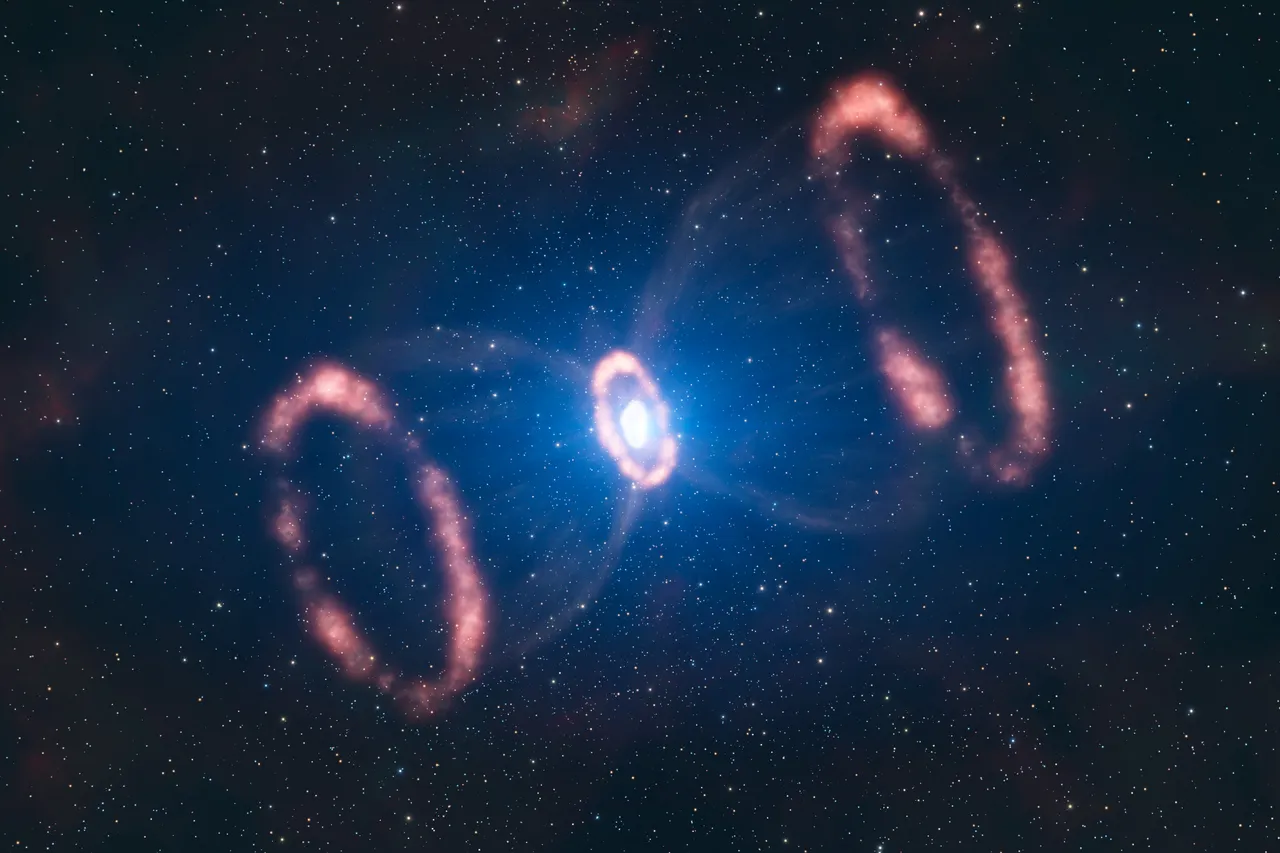The explosion PS1-10adi from 2010 shook the whole universe. It seems to be the largest ever supernova type explosion that we have ever seen in space.

Source: Wikimedia Commons
Astronomy is just awesome. And the cosmic explosions are the best. Almost anyone can get excited about them. Just tell me you don’t get excited when imagining a giant ball of plasma that suddenly rips itself apart into an awesome supernova explosion and leaves just pulsar rotating at insane speeds or the silent dark killer – a black hole with its crushing gravity.
An international team of astronomers recently discovered a new type of cosmic explosion. This event is named PS1-10adi. We registered this event on the 15th of August 2010. The energy of this explosion has been calculated to 2.3 x 10^ 45 J. This is still ten orders more than the heat energy produced by our Sun in a year! (1.23 x 10 ^ 35 J – Source).

Source: Wikimedia Commons
The PS1-10adi event has been registered by the telescopes on La Palma and Hawai. It occurred near the center of the J204244.74+153032.1 galaxy, which is about 2.4 billion light-years away from us. The explosion managed to be brighter the whole galaxy for about a 1000 days.
So, what exactly exploded? Cosimo Inserra from the University of Southampton and his colleagues analyzed the data, tested many models and finally reached the conclusion that there are essentially two options. Either it was a hypernova – meaning a star many hundred times more massive than our Sun exploded or it was the end of a smaller star that was ripped apart by getting too close to a supermassive black hole in the center of that galaxy.
The research of this sort of events will certainly bring interesting information about the extreme environments in centers of galaxies.